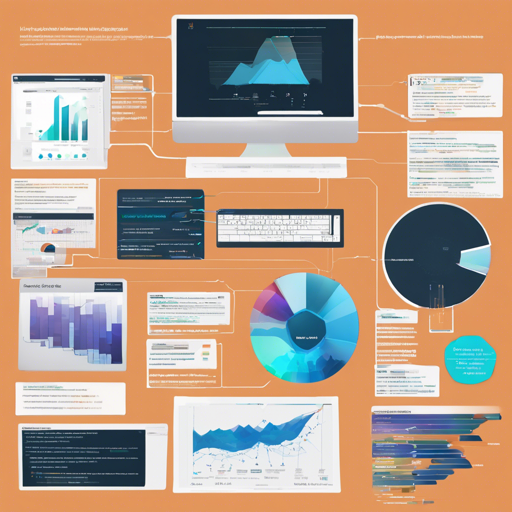Welcome to the world of DeepTables, an innovative deep-learning toolkit specifically designed to unleash the power of deep learning on tabular data. This article will walk you through the installation process, provide a simple usage example, and offer troubleshooting tips to help you on your journey.
What is DeepTables?
DeepTables (DT) is a user-friendly toolkit that allows even non-experts to harness the capabilities of deep learning for tabular data. Developed by DataCanvas, DT simplifies complex tasks such as feature interaction learning, which can often involve cumbersome manual feature engineering.
Key Features of DeepTables
- Easy to use for both beginners and experts.
- Produces impressive results straight out of the box.
- Flexible architecture for easy expansion and customization.
Installation Process
To get started with DeepTables, follow these installation steps:
pip install tensorflow deeptablesNote: Ensure that TensorFlow is installed prior to running DeepTables. If you want to leverage GPU capabilities, use this command instead:
pip install tensorflow-gpu deeptablesVerify the Installation
To confirm that DeepTables was successfully installed, run the following command:
python -c "from deeptables.utils.quicktest import test; test()"Getting Started: A Simple Example
Once you’ve installed DeepTables, you can easily start working with it. Let’s look at a simple binary classification example:
import numpy as np
from deeptables.models import deeptable, deepnets
from deeptables.datasets import dsutils
from sklearn.model_selection import train_test_split
# Loading data
df = dsutils.load_bank()
df_train, df_test = train_test_split(df, test_size=0.2, random_state=42)
y = df_train.pop('y')
y_test = df_test.pop('y')
# Training
config = deeptable.ModelConfig(nets=deepnets.DeepFM)
dt = deeptable.DeepTable(config=config)
model, history = dt.fit(df_train, y, epochs=10)
# Evaluation
result = dt.evaluate(df_test, y_test, batch_size=512, verbose=0)
print(result)
# Scoring
preds = dt.predict(df_test)In this example, we are akin to chefs preparing a delicious meal. The dataset acts as our ingredients, and like a chef slicing and seasoning to perfection, we load and split the data into training and testing sets. We then configure our model, similar to choosing a cooking method, and proceed to ‘cook’ by training it on the data. Finally, we plate our results by evaluating the model and making predictions.
Troubleshooting Common Issues
If you encounter any issues while working with DeepTables, here are some troubleshooting ideas:
- Ensure all dependencies, especially TensorFlow, are correctly installed.
- If you face version compatibility issues, check that you are using compatible versions of Python and DeepTables.
- Review your configurations for any parameters that may not be appropriately set.
- Consult the official DeepTables documentation for more detailed insights.
For more insights, updates, or to collaborate on AI development projects, stay connected with **fxis.ai**.
Conclusion
At fxis.ai, we believe that such advancements are crucial for the future of AI, as they enable more comprehensive and effective solutions. Our team is continually exploring new methodologies to push the envelope in artificial intelligence, ensuring that our clients benefit from the latest technological innovations.
This guide should provide you with a solid foundation for getting started with DeepTables. Embrace the power of deep learning in your data projects and prepare to unlock valuable insights!

